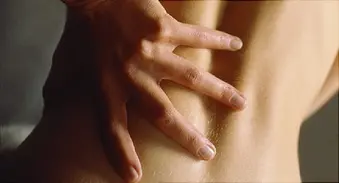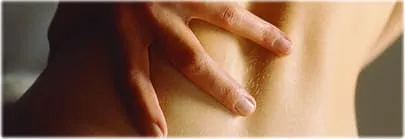Quiz: What Do You Know About Low Back Pain?


Question 1/14
What's the most common source of low back pain?
- A problem with the spine
- A problem with muscles
- A problem with ligaments
- A problem with nerves
Question 2/14
Nearly everyone has low back pain at some time during their life.
- True
- False
Question 3/14
A week of bed rest is the best treatment for low back pain.
- True
- False
Question 4/14
Which of the following refers to the vertebrae in the lower back?
- Lumbar vertebrae
- Thoracic vertebrae
- Cervical vertebrae
- None of the above
Question 5/14
What is the best tool for diagnosing the cause of low back pain?
- X-Ray
- MRI
- CT scan
- None of the above
Question 6/14
Injury to the back or a medical disorder causes most low back pain.
- True
- False
Question 7/14
How should you treat low back pain?
- Short period of rest
- Ice to decrease swelling
- Pain medication
- All of the above
Question 8/14
A firm mattress is best for relieving back pain.
- True
- False
Question 9/14
You can treat low back pain with complementary and alternative medicine like spinal manipulation, massage therapy, and yoga.
- True
- False
Question 10/14
You should see a doctor for back pain if you also have:
- Numbness or tingling
- Severe pain despite rest
- Pain after a fall or injury
- Any of the above
Question 11/14
What percentage of people with low back pain will need surgery for a herniated disk?
- Fewer than 2%
- 2%-5%
- 5%-8%
- 8%-12%
Question 12/14
Sciatica is the medical term for severe lower back pain.
- True
- False
Question 13/14
Scoliosis is curvature of the spine.
- True
- False
Question 14/14
interstitial
- interstitial
